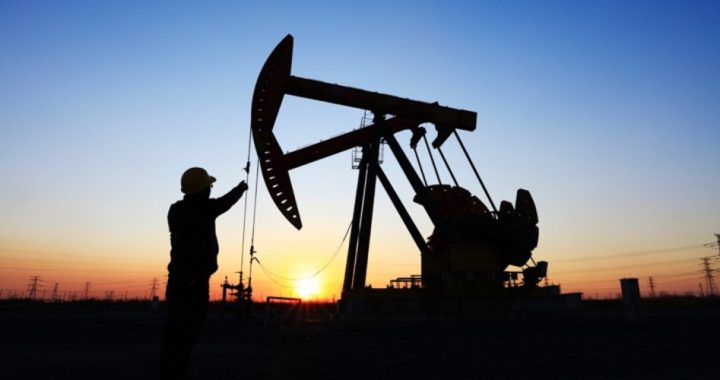
Softer demand will keep oil and gas prices in check for the foreseeable future.
Energy Secretary Dan Brouillette, speaking to energy executives in Houston on Friday, said the U.S. energy industry “will come back, and it will come back very, very strong.” He added: “Energy underpins everything we do in the U.S. economy. It’s one of the backbones of the strength of the economy and the nation itself.”
The question is: just how far will the industry come back?
Crude oil was trading above $63 a barrel in early January but by the end of April it hit $12 a barrel. On Friday WTI (West Texas Intermediate) closed just above $40.
So, oil traders are buying the bullish argument that oil is going to move higher, thanks to the economic recovery. That recovery is strong, with retail sales, the housing industry, and over-the-road trucking activity all bouncing back.
Add to that the latest from the International Energy Agency (IEA) saying that the worst effects of the COVID shutdown have passed, and the case for increasingly strong demand for energy is persuasive. Specifically, the IEA says it expects that U.S. crude oil production, which has been hammered not only by a drop in demand but by credit limits being imposed by banks and investors, will “bottom out” in the second half of 2020 and continue its rebound into 2021.
As we surmised here in May, oil could hit $55 a barrel by next summer, making $2 gas at the pump a distant memory.
That case is made even stronger with the expectation that OPEC, which meets on Wednesday (via web conference), will reverse its current restrictions on production only modestly.
On the other hand, some analysts are expecting a spike in crude oil prices to $!00 a barrel or even $150 a barrel over the next couple of years. Trevor Woods, chief investment officer at the hedge fund Northern Trace Capital, says that oil producers are going to have difficulty funding that rebound, thanks to cutbacks on credit from lenders and hedge funds like his: “That funding pressure is going to be massive. It’s going to be really difficult for some of the producers to produce. We could hit $150 [a barrel] pretty easily by 2025.”
With majors like Exxon Mobil and BP (British Petroleum) cutting their capital expenditures massively — by nearly a third this year — it’s going to be difficult to reverse direction in the face of increasing demand. It’s like turning an ocean liner: It could years to turn that ship around.
And with the rig count down by 700 (from close to 1,000 last year) to just 300, it’s going to take time to get them back up and running. And while there is still a glut of crude floating around the world in tankers, that glut could disappear quickly as producers struggle to get back to full production in the face of increasing demand.
Citigroup, the third largest bank in the country, says that a return to $100 oil is “more fantasy than reality,” as that demand for oil and gas will never return to its previous levels. Thanks to the COVID shutdown, fewer people will be flying and driving. Meetings going virtual will be the new normal, reducing the need to move employees around the world (i.e., OPEC’s virtual meeting on Wednesday).
So the case remains persuasive that oil is more likely to be $45 to $55 a barrel in the long run, keeping gas prices well under $4 a gallon at the pump.
Photo: zhengzaishuru/iStock/Getty Images Plus
An Ivy League graduate and former investment advisor, Bob is a regular contributor to The New American primarily on economics and politics. He can be reached at [email protected].



